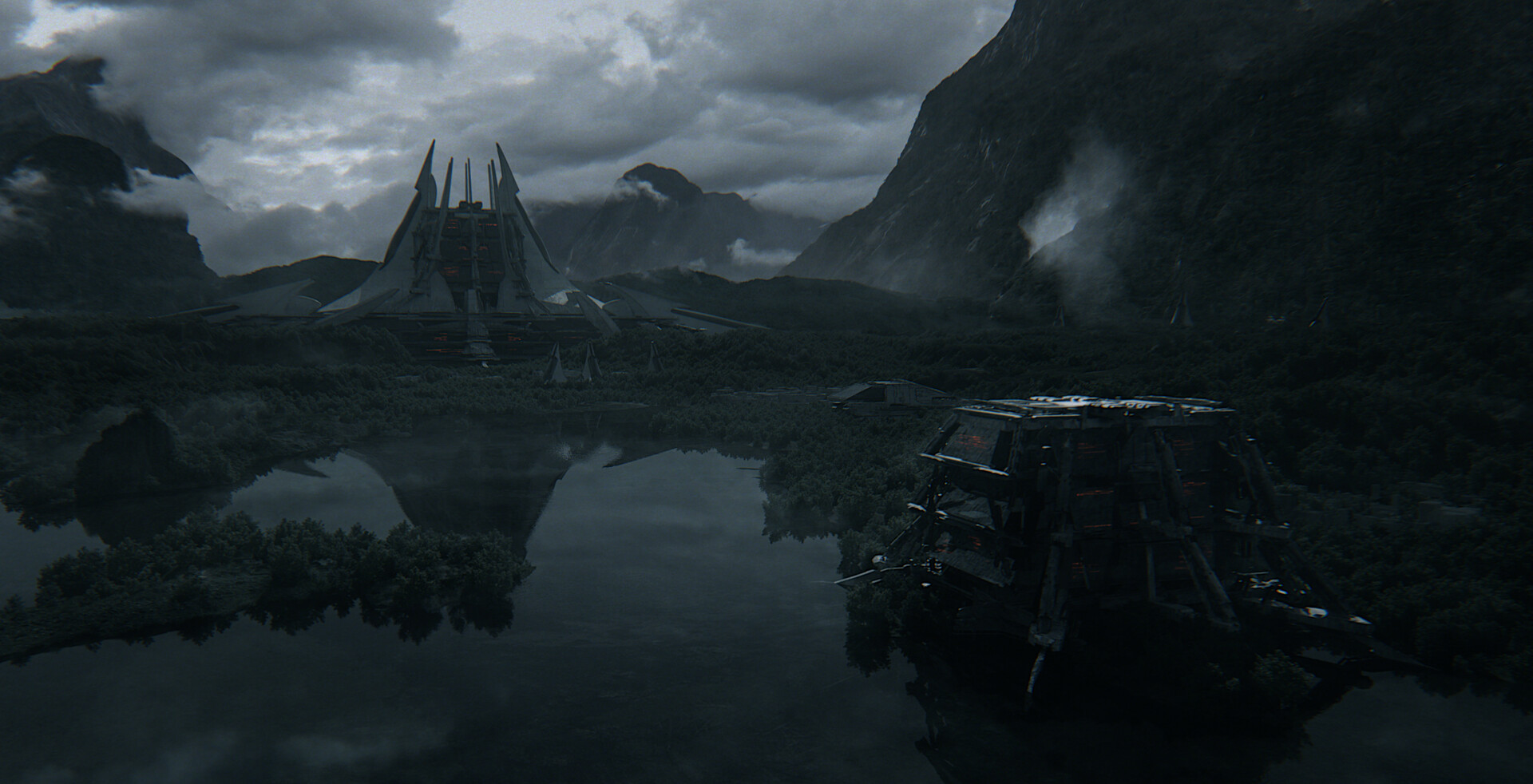


This book is an exploration of the Earth as it used to exist, the changes that have occurred during its history, and the ways that life has found to adapt―or not. In Otherlands, Halliday makes sixteen fossil sites burst to life on the page. (Feb.The past is past, but it does leave clues, and Thomas Halliday has used cutting-edge science to decipher them more completely than ever before. The prose is stunning, and the author packs the narrative with geological, meteorological, and biological insights, turning dry history into something fascinating for instance, the glass sponge reefs of the Jurassic period are “the largest biological structures ever to have existed,” “three times the length of the Great Barrier Reef.” This show-stopping work deserves wide readership. Halliday concludes in the present, cautioning that “there is no corner of the Earth where have not touched the way of life of its inhabitants in some way” but also asserting that humanity can “find the routes that avert disaster” in the future. Along the way, he introduces myriad strange organisms: there’s an enormous goose from Miocene-era Italy Cretaceous China’s winged reptile the squidlike Tully Monster of the Carboniferous seas and the wormy Hallucigenia found in Cambrian water. Calling this “a naturalist’s travel book,” Halliday takes readers from the dry flatlands of Pleistocene Alaska, where “short willows write wordless calligraphy on the wind with flourished ink-brush catkins,” to the Ediacaran skies, more than 500 million years ago, when even the stars were different.

Evolutionary biologist Halliday takes an energizing spin through Earth’s past in his magnificent debut.


 0 kommentar(er)
0 kommentar(er)
